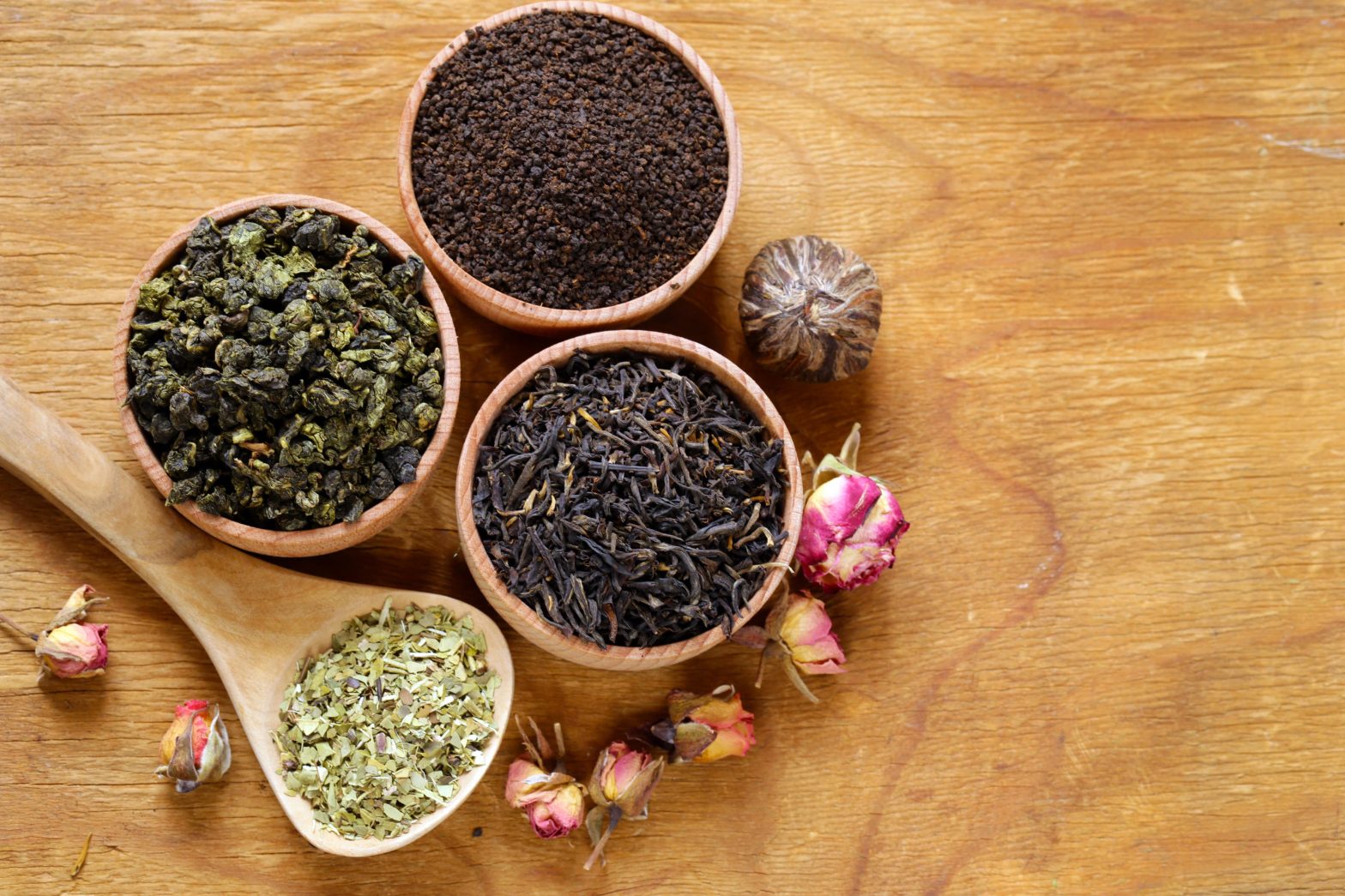India undoubtedly has a lot to offer, especially when it comes to unique tastes and scents that fascinate like nothing else and engulf one in a beautiful spell. In India today, drinking tea is more of a ritual than a drink. People in this region have a strong belief in the divine power of tea and all of health advantages of tea. How many different kinds of tea exist? There are several flavors of tea to pick from now that they are more popular in India. Let’s explore the various types of tea in India.
Oolong, green, and white teas are less oxidized than black tea, which is one of the popular variety of tea. The flavor of black tea is typically more powerful than that of less oxidized teas. Black teas can be processed either using the CTC (Crush, Tear, Curl) method or the Orthodox method. Black tea holds its flavor for a long time.
Green Tea
Green tea is produced from Camellia sinensis leaves that have undergone little processing-related oxidation. Despite having its roots in China, green tea has come to represent numerous Asian cultures. It has become one of the most popular types of tea in India. Extracts from green tea are now employed in a variety of beverages, healthy foods, dietary supplements, and cosmetic products. Numerous green tea types have been developed in countries where it is grown. Due to fluctuating growth circumstances, horticulture, production procedures, and harvesting times, these types might change significantly.
Oolong Tea
Oolong tea, also known as Camellia sinensis, is a traditional Chinese tea that is manufactured using a special method that includes withering under a hot sun, oxidation, and curling and twisting. The majority of oolong teas, particularly those of good grade, use distinctive tea plant cultivars that are only used for specific types. Depending on the cultivar and production method, oxidation levels can range from 8 to 85%. Know more about Oolong tea.
White Tea
White tea is a type of lightly oxidized tea that is mostly grown and harvested in China, primarily in the provinces of Fujian and Zhejiang. It is now grown in Taiwan, India, Northern Thailand, and Eastern Nepal. White tea is made from the Chinese Camellia sinensis plant’s buds and leaves. To avoid oxidation or further tea processing, the leaves and buds are allowed to wither in the sun before being softly processed. White tea gets its name from the tea plant’s unopened buds, which have tiny, silvery-white hairs that give the plant a whitish look. The beverage itself is a light yellow color rather than white or colorless.
Fermented Teas
Teas that have undergone an open-air fermentation for several months to many years are referred to as fermented teas. The tea undergoes further oxidation due to auto-oxidation, fermentation, and potentially some reactivated oxidative enzymes in the tea when exposed to microflora, humidity, and oxygen in the air.
Golden Tea
Yellow tea typically refers to a unique tea that has been processed similarly to green tea but with a slower drying stage, during which the damp tea leaves are left to sit and turn yellow. The look of the tea is typically quite yellow-green, and it smells differently from both white tea and green tea.

